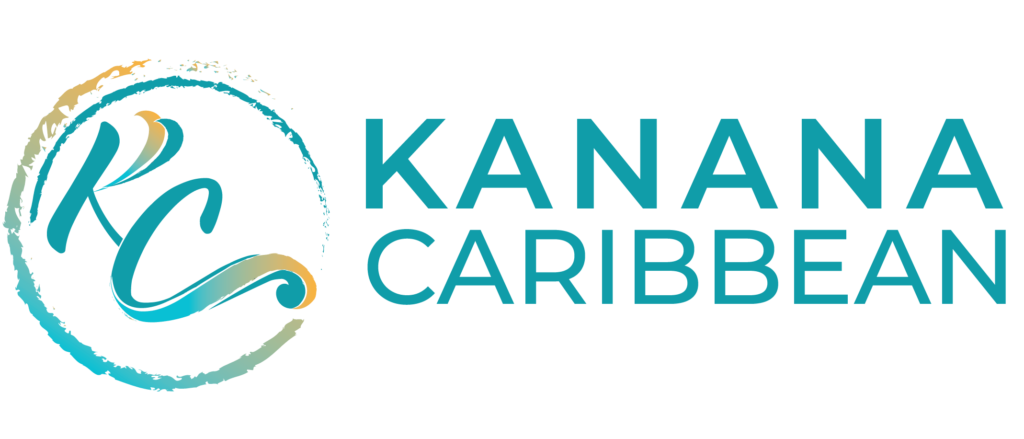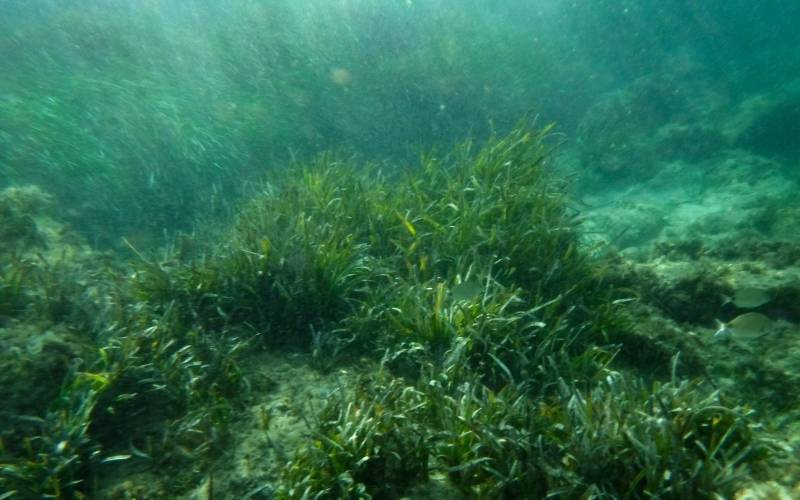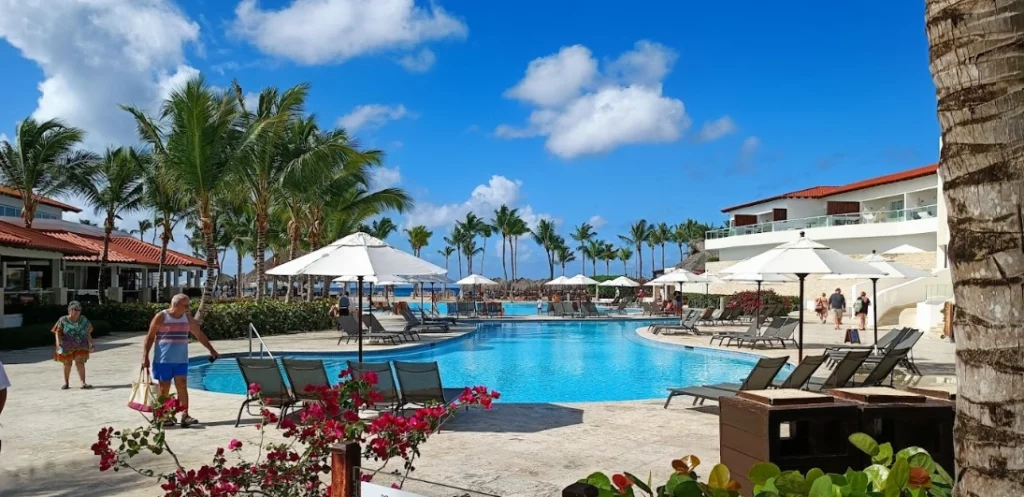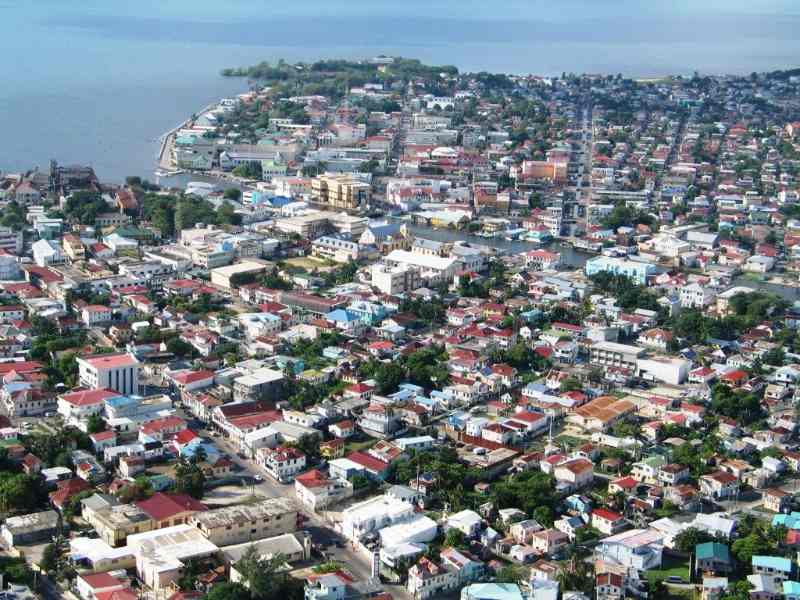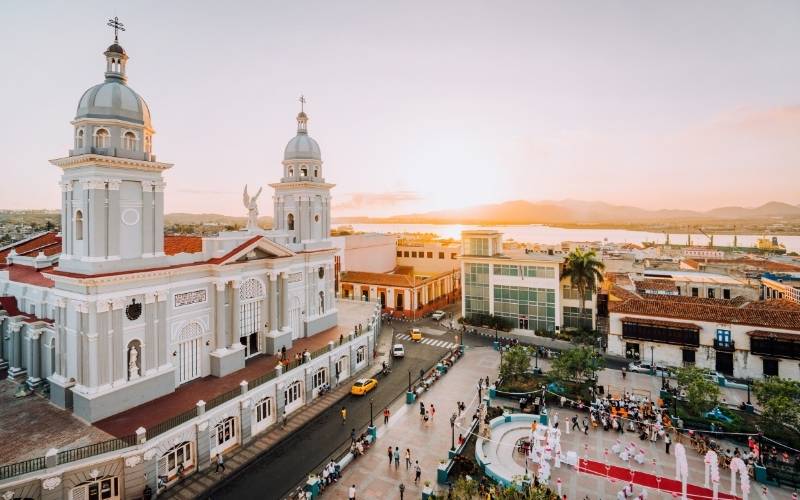
Everything You Need To Know About The Bahamas’ Exotic Wildlife!
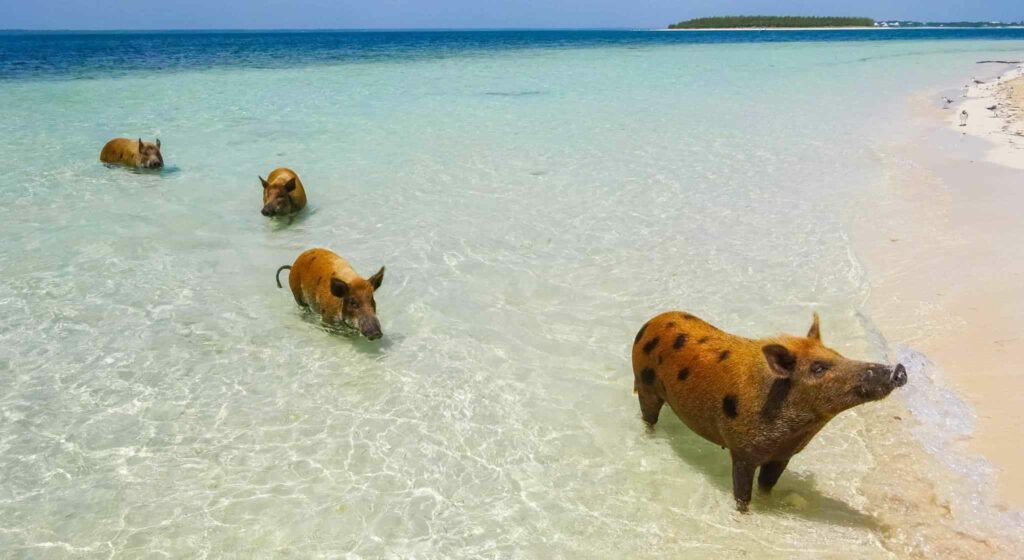
The Bahamas is known as the “Land of Dreams.” The land of hope and beauty. The warmth radiating from the white as snow, long stretches of beach, sparkling water that moves slowly and gracefully, and exotic wildlife that these islands have to offer will take your breath away.
Each of the seven hundred islands is like a kaleidoscope, vibrant and mind-boggling. They are beautiful and picturesque, with beaches that remind you of heaven, mouthwatering cuisine, welcoming locals who treat you like family, and an overall fantastic experience.
Activities that take you deep into the depths of the unfathomable ocean and get you high enough to see paradise if you’re an adrenaline junkie!
These islands are alluring and enchanting in their entirety, with a diverse range of wildlife. From a diverse range of marine life and insects to a diverse range of forest life, all of which add to the value of this incredible location.
Did You Know That Inagua Island's 287-Square-Mile Surface Is Home To About 50,000 Flamingos?
Table of Contents
If you enjoy animals, you may want to consider taking a vacation to the Bahamas because several species can be found nowhere else on the planet. At least ten bird species, two snake species, several bat species, and other animals are among them.
Because of human development, which has resulted in habitat loss, farmers killing them to protect their crops, and illegal poaching for tourists, animals in the Bahamas face unique challenges. Take precautions to protect the environment when you go so that you do not contribute to the problem.
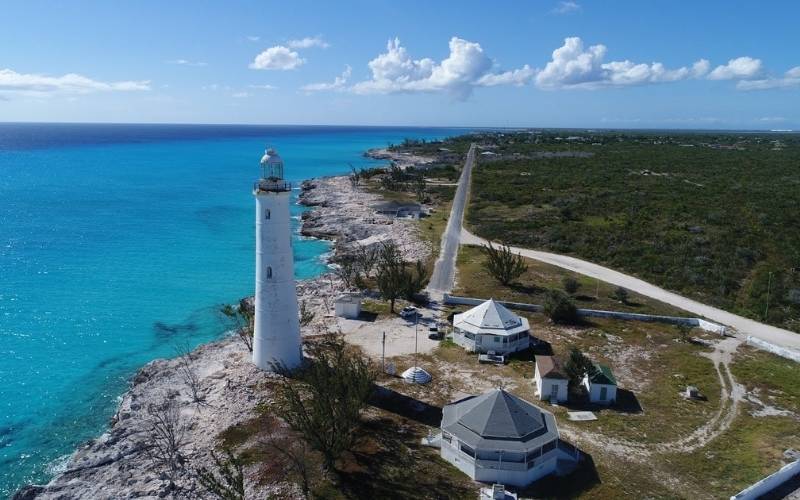
The flamingo is the Bahamas’ official national animal. If you want to see flamingos, go to Inagua Island, which has about 50,000 of them living on its 287-square-mile surface. To protect the flamingos and other wildlife, the government has even set up a special guard unit.
Roseate flamingos, also known as West Indian flamingos, were once critically endangered due to capture and sale to passing tourists. On their long boat trips, the tourists had no idea how to care for the birds. As a result, they died. To protect the fauna, the government took steps such as designating this bird as the national bird.
The Bahamas is also known for its Pig Beach, which gets its name from the Exuma pigs, who, along with a few stray cats and goats, are the only inhabitants of the island. On the swimming pigs beach, there are an estimated 20 to 25 pigs and piglets.
The pigs range in size from tiny baby piglets, a crowd favorite, to Big Momma, the island’s largest and oldest pig.
Enchanting Animals of The Bahamas
Animal lovers can spend quality time with a variety of land and sea creatures in the Bahamas’ diverse tropical habitats. The Bahamas, which covers 100,000 square miles in the Caribbean and has more than 700 islands, is home to the world’s third-largest barrier reef.
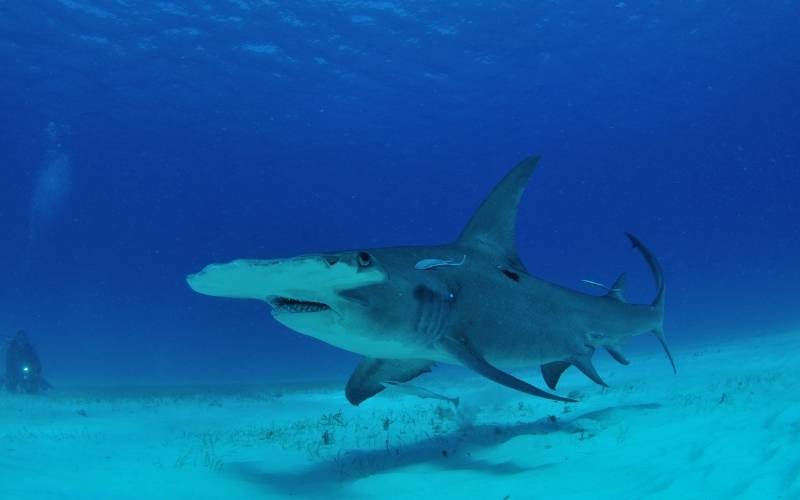
Visitors can see a lot of the wildlife on guided tours or in animal reserves that have been set up to raise awareness and protect endangered species. Although these animals do not pose a threat to humans, they are still wild, and visitors should treat them with respect and help to protect their habitats.
Hundreds of different species of animals, insects, and fish, all spread across these seven hundred islands, are visual delights and essential to the place’s growth and survival. Let’s take a closer look at each of them now:
The Bahama Inagua Flamingos
The Bahamas’ birding capital, Inagua, lives up to its name. You won’t see flamingos in the city, but a short drive to the Lake Rosa salt pans will reveal swarms of them wading shin-deep in treacherous brine.
Outside of the nesting season, these crimson-breasted water birds spend their entire lives on their feet, preening, feeding, and even napping upright. This species is extraordinary in nature because it is both beautiful and vibrant. Coming to the Bahamas and not seeing them would be a travesty. These flamboyant beauties are pink and flamboyant.
Bimini Dolphins - Bahamas

Boaters who were fortunate enough to sail with a pod of wild dolphins in the Bahamas will brag about it. The stories are true: dolphins frequently play in the midst of boats and cruise alongside them until something else in their aquatic underworld catches their attention.
Fortunately, meeting a wild dolphin in Bimini does not necessitate being a lucky boatman. On a wild dolphin excursion in Bimini, even the most unfortunate people find salvation. They are friendly and warm, and their smiles can literally brighten your day.
They’re cheerful, and they change the atmosphere in an instant. Their slogans should be “fun” and “positivity.” Come spend quality time with them to keep your mind, body, and soul happy and young, and you might find that making a few new friends isn’t so bad after all.
Sandy Cay Iguanas in The Bahamas
The routine of the reptilian army of iguanas is the familiar sound of boats approaching, tourists armed with bananas and grapes, and the camera constantly taking them in.
Although the island’s vast and unspoiled beaches are the source of its beauty (the white coral sand stretches all the way to the horizon in some directions), the island’s allure is provided by the resident rock iguanas. Sandy Cay’s iguanas live in a safe haven in their national park sanctuary, but the island is the site of a geopolitical conflict between two Bahamian islands.
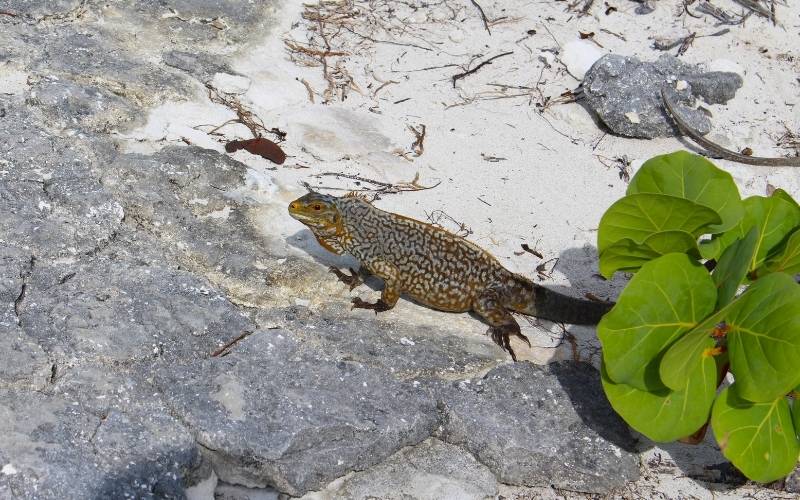
The Exumas claimed the cay was the southernmost in their chain, while Long Island claims the iguana sanctuary is on its land.
They seem unconcerned about the number of cameras pointed at them or the strange people staring at them in awe because they are hungry. They’re only concerned with their food (and who can blame them?). Some people will take the food and prefer to eat it alone. Others will pose for photos with slight grins frozen on their faces to welcome their liberal visitors.
Exumas Pigs Located in The Bahamas
Pigs aren’t the most attractive animals, but when they’re lounging on the beach in the Bahamas (rather than digging in the dirt), they can appear almost cute. Why wouldn’t they?
Spend some time with a litter of hogs of various sizes and colors, splashing and waddling along a picturesque pristine white sand beach on their own private island of pigs, flanked by the electric turquoise waters of the Caribbean, living high on the hog, while you’re at it.
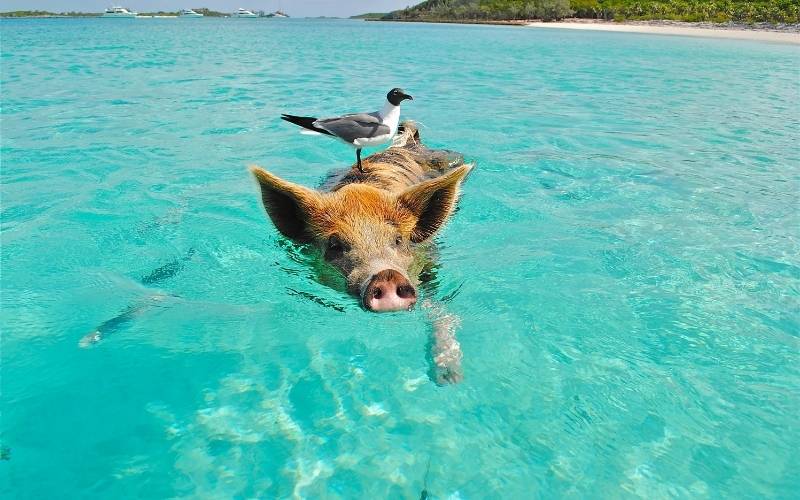
Because these creatures are not native to the Bahamas, the phenomenon known as the Exumas swimming hogs is a bit of a wildlife mystery. They gladly accepted the sun-drenched beaches of the Exumas as their home.
Who wouldn’t want to live in the Bahamas? Theories about their journey to these islands involve pirates and nasty feasting.
The Infamous Bahamian Eleuthera Turtles
The mangrove-lined creeks of Winding Bay on Eleuthera provide a safe haven for sea turtles of all ages. Kayak through the canal that connects Winding Bay and Half Sound at high tide, and you’ll be able to get close enough to touch them (but don’t).
Many private holiday properties line the nearly two-mile stretch of Winding Bay beach, offering solace and opulence; staying in one is an excellent idea if you want to explore the area.
The “Friendly” Sharks of The Bahamas

Sharp teeth, a dorsal fin, and vacant eyes! Nurse sharks congregate in the shallows of the Compass Cay marina, where free food is thrown from the top. These magnificent creatures are uncommon to see, but they are a delight in their natural habitat.
The water is littered with chum in the feeding zone, and visitors are encouraged to enter the spawning area, with most timidly sliding into the water at first but gradually becoming more comfortable after seeing that the sharks are elsewhere.
Their teeth are visible but small, so visitors should keep their hands out of the water when petting the shark on the back to avoid an accidental bite.
The sharks are terrifying, but they move with grace and appeal that you can’t help but stare at. They’re terrifying, but fascinating would be a better word. Their reactions to the crowd that has gathered around them, as well as the way they move and their mannerisms, are truly priceless to witness in person.
A sight that not every country or island has to offer, an animal that isn’t for the cameras and is only here in flesh and bone for you. The Bahamas truly have everything.
Spider Crab - Bahamas

Crabs can be found all over the Bahamas, particularly on Andros Island, dubbed “The Land of the Crabs.” The island is home to the Bahamas’ largest population of land crabs, many of which are threatened by urbanization.
The ocean cycles affect all crabs, whether they live on land or in the sea. To hatch their eggs, land crabs in the meadow must travel to the sea. Because this migration is fraught with dangers, the government has established the Land Crab National Park in Central Andros.
Come Explore Bahama’s Exotic Wildlife! ...🛪
Because the Bahamas is made up of over 700 islands, making a plan to see the top wild animals, birds, and snakes in the Bahamas is essential. People come to The Bahamas from all over the world to see the rich diversity of animal life on the islands and in the surrounding waters.
Birdwatching, fishing, snorkeling, and diving are all excellent ways to learn about the fauna of the Bahamas. Wild species such as flamingos, manatees, sea turtles, songbirds, and sea life call the Bahamian Islands’ ecosystems home. Domestic animals such as chickens, dogs (dubbed “pot cakes” by locals), and cats are also becoming more common.
Each habitat has its own distinct animal community. Come learn about our animal species by exploring them.
Visit Kanana Caribbean for more island facts, vacation planning, sightseeing, travel deals, and upcoming events.
